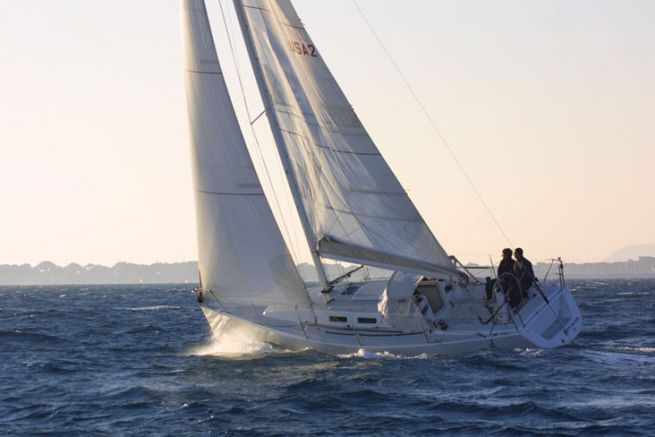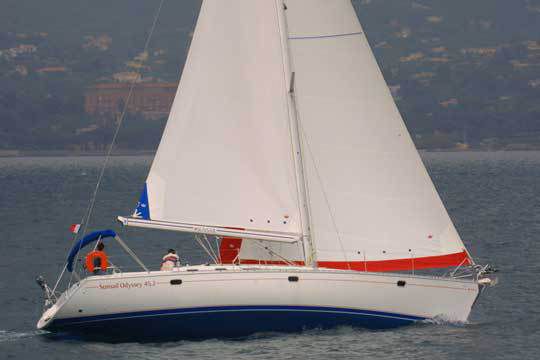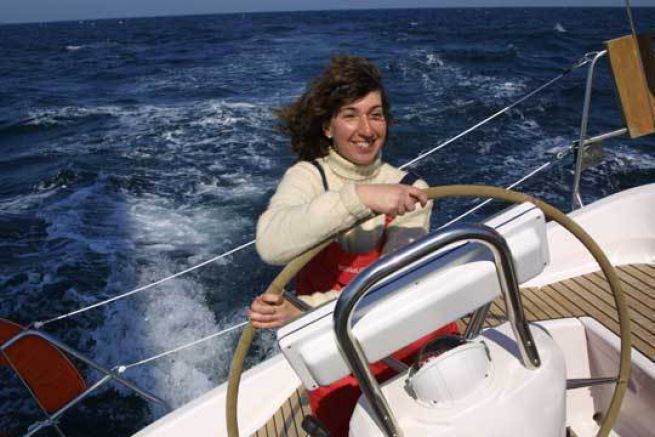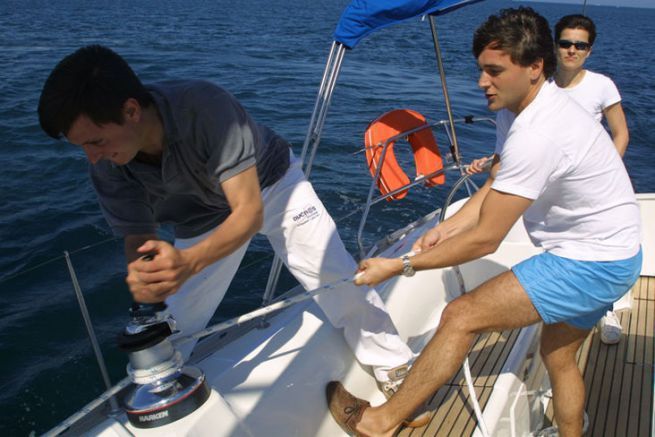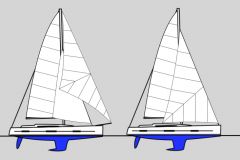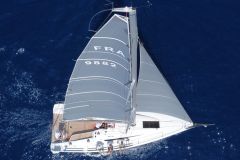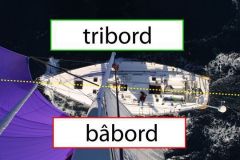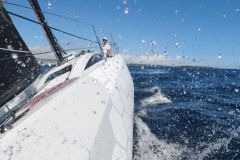In our previous topic, we explained how a sail can create a pulling force to the front of the boat. Now let's look at what's happening underwater.
Under a sailboat is the anti-drift plan. It consists of the keel (or drift) and the rudder(s). These appendages create a brake in the water that limits the boat's sliding on the water. They create an anti-drift force.
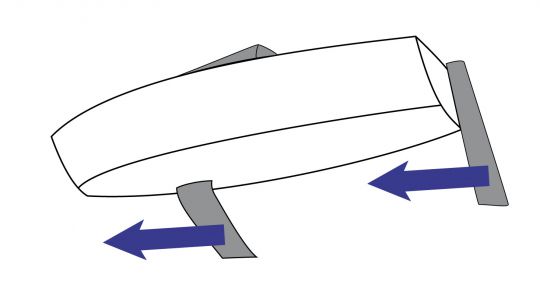
By combining the vectors of the anti-drift force (in blue) and that of the sail thrust (in green), we obtain a speed vector of the boat (propulsive force in red).
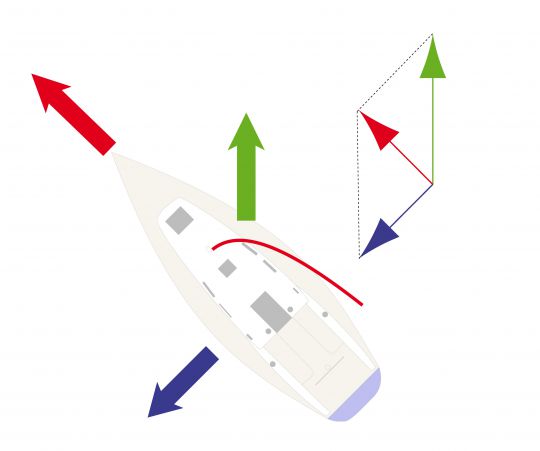
We understand here the importance of the drift, which on a dinghy must be fully lowered to have maximum efficiency as soon as you approach a tack upwind. On a keelboat, this anti-drift plan always remains in place.

 /
/ 